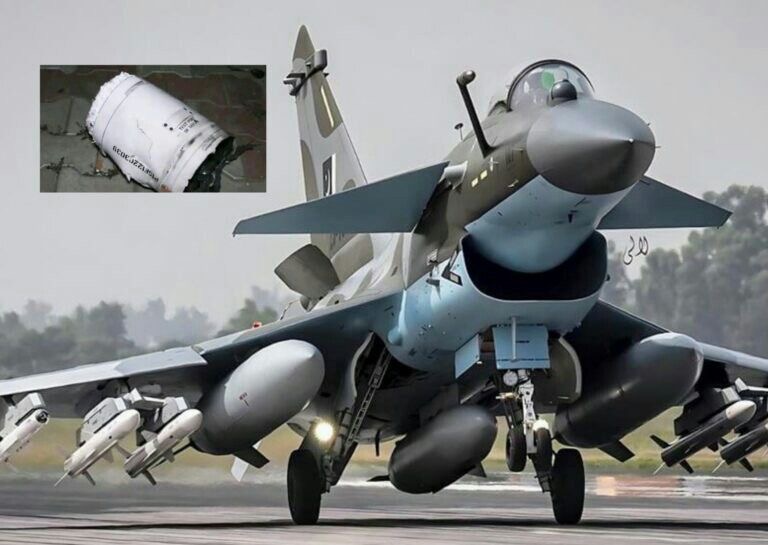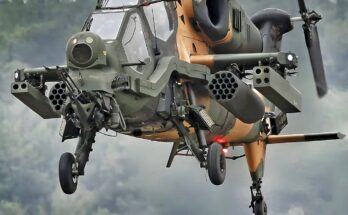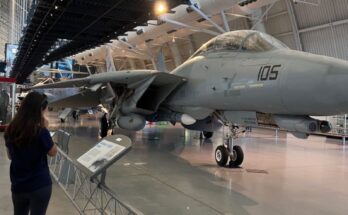
The F-14 Tomcat remains one of the most iconic fighter aircraft in aviation history. Designed by Grumman for the United States Navy, the twin-engine, twin-seat aircraft first took to the skies in 1970 and quickly became a symbol of American air power throughout the Cold War. Its unique combination of speed, range, and firepower made it a formidable platform that served the Navy for more than three decades.
One of the defining features of the F-14 was its variable-sweep wing design. The wings could sweep forward for increased lift during low-speed flight, such as carrier takeoffs and landings, then sweep back for maximum aerodynamic efficiency during high-speed engagements. This adaptability gave the Tomcat an edge over many contemporary fighters, allowing it to operate effectively in a wide variety of missions.
The Tomcat was initially developed in response to the Navy’s need for a fleet defense fighter. Its primary role was to protect carrier battle groups from long-range Soviet bombers and cruise missiles. To do this, the aircraft was equipped with the powerful AN/AWG-9 radar system and the long-range AIM-54 Phoenix missile. The radar could track up to 24 targets at once and guide up to six Phoenix missiles simultaneously, a capability unmatched at the time. This gave the F-14 the ability to intercept threats before they could get close to the fleet, reinforcing its reputation as a guardian of the seas.
Beyond fleet defense, the Tomcat proved itself in a variety of other roles. It excelled as a dogfighter, capable of engaging enemy aircraft at close range with AIM-7 Sparrow and AIM-9 Sidewinder missiles, as well as its internal M61 Vulcan cannon. Later in its service life, the F-14 was upgraded to carry precision-guided munitions, enabling it to perform strike missions. This versatility extended the aircraft’s relevance well into the 1990s and early 2000s.
The F-14 is also remembered for its presence in popular culture. Its starring role in the 1986 film Top Gun brought the aircraft global recognition, turning it into a household name. Beyond the silver screen, countless aviation enthusiasts admired the Tomcat’s aggressive lines, swing-wing silhouette, and raw performance, cementing its place as one of the most admired fighter jets of all time.
Operationally, the Tomcat saw action in numerous conflicts. It was deployed during operations in the Middle East, including strikes and patrols over Iraq, Afghanistan, and the Persian Gulf. Its long range and endurance made it well suited for the vast distances often encountered in these theaters.
Despite its legendary status, the Tomcat was eventually retired in 2006, replaced by the more modern and cost-effective F/A-18E/F Super Hornet. Maintenance challenges and high operational costs contributed to its phase-out, but its legacy continues. Iran, which purchased F-14s before the 1979 revolution, remains the only foreign operator, and reports suggest some are still in service today.
The F-14 Tomcat was more than just a fighter aircraft—it was a symbol of technological innovation, naval air superiority, and cultural impact. Its distinctive roar and dramatic wing sweep remain unforgettable to those who witnessed it in action. Though no longer in U.S. service, the Tomcat’s place in aviation history is secure, remembered as one of the greatest fighters ever built.


